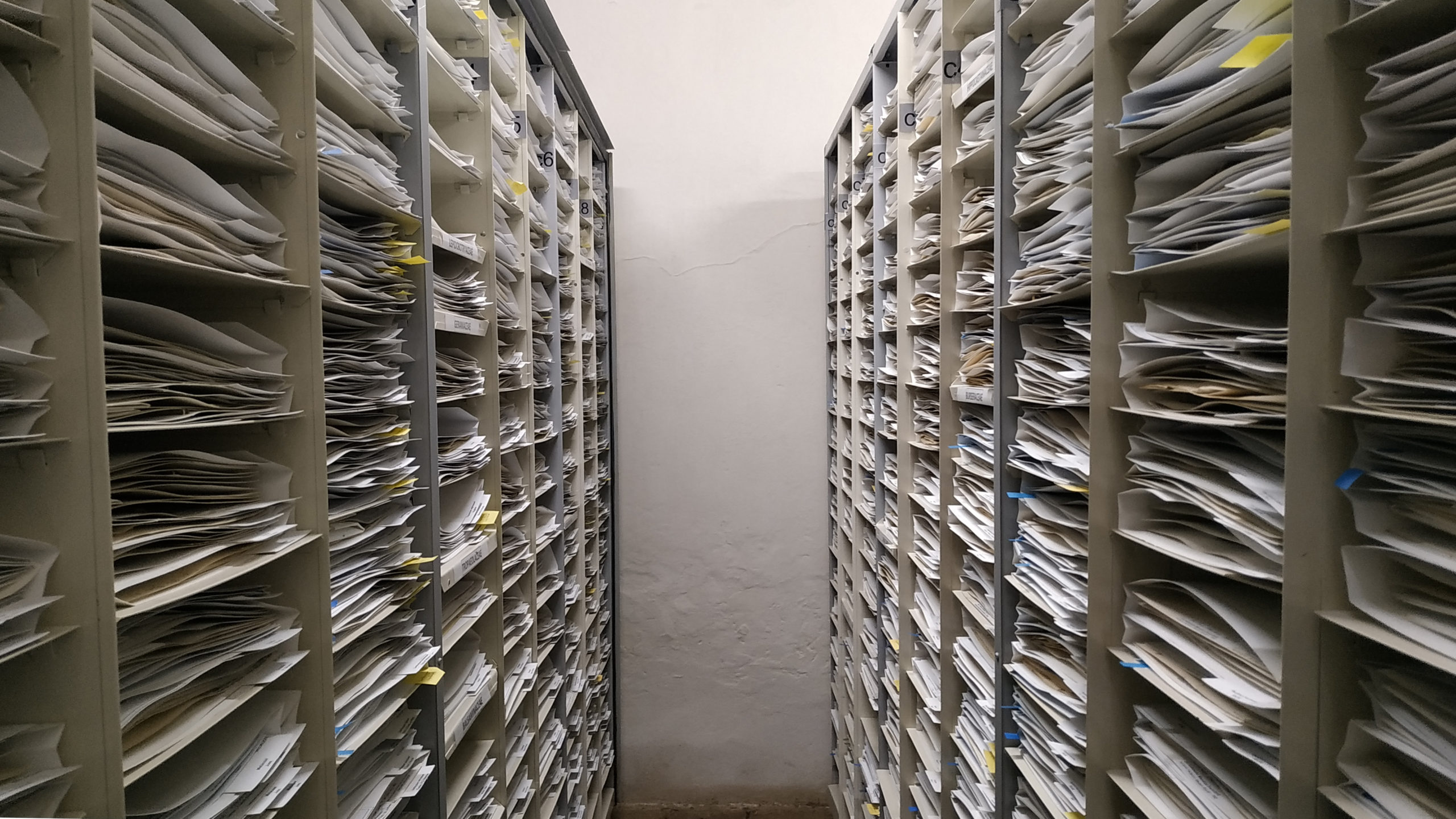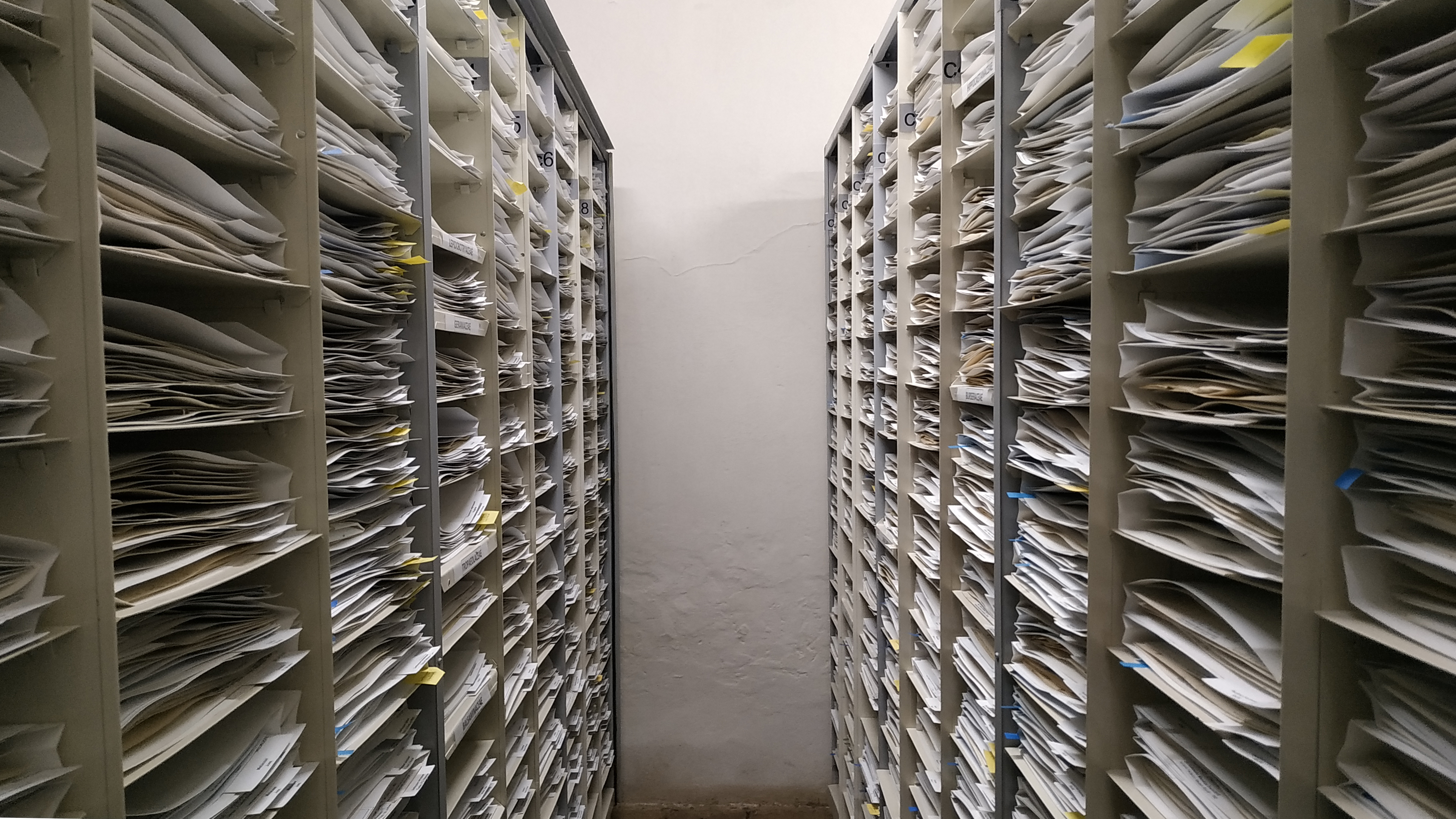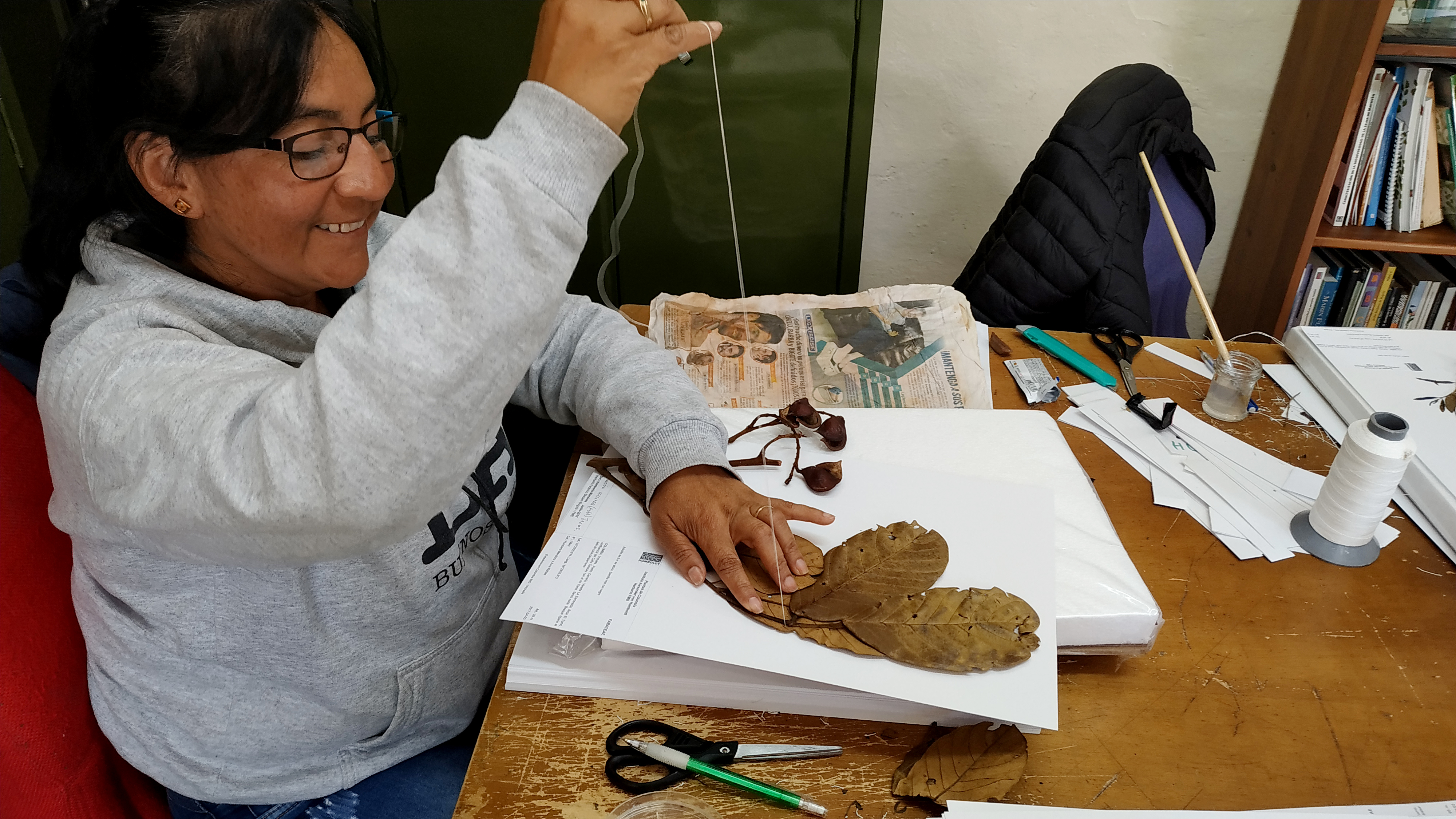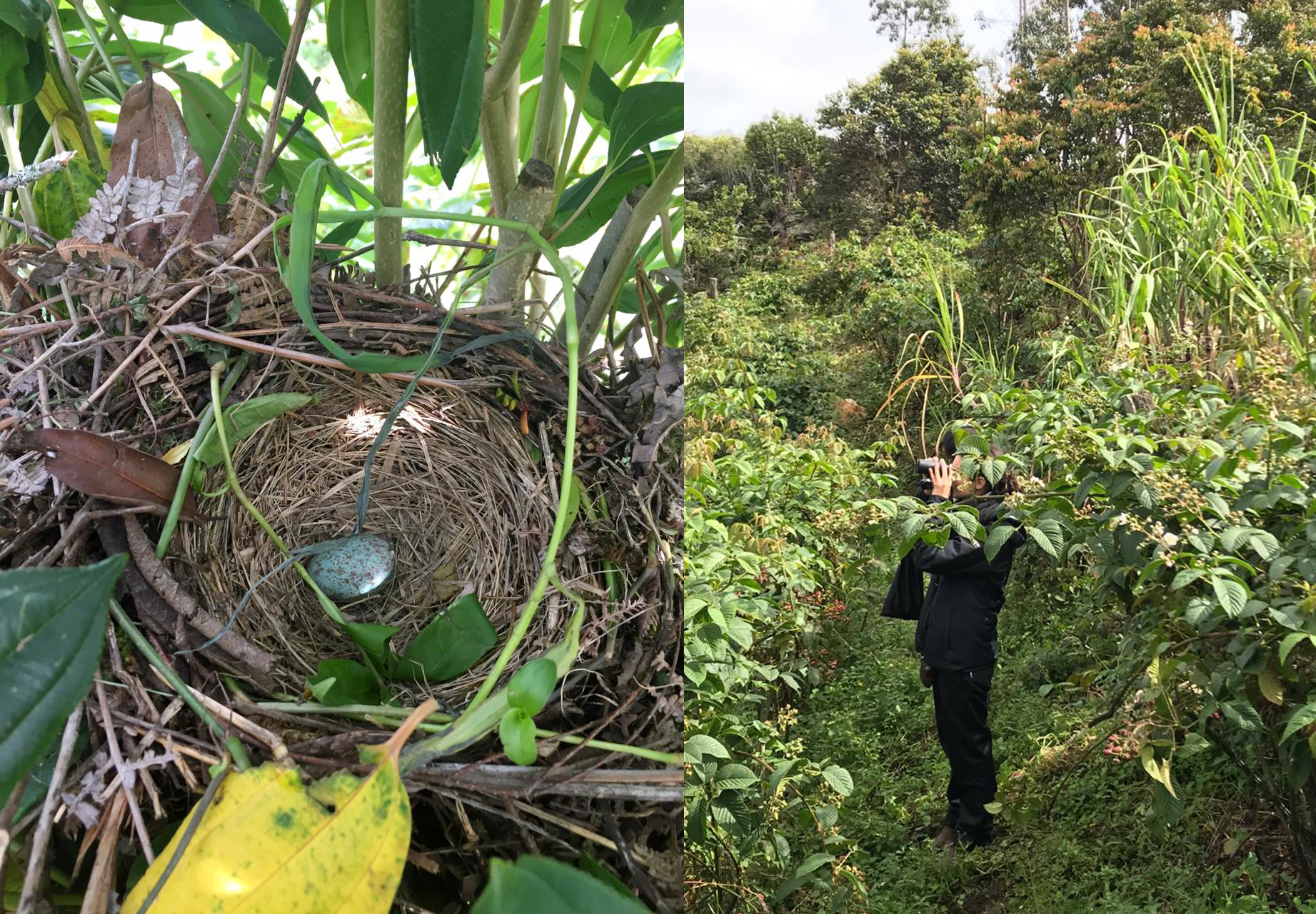
Posted by seilafdza
20 May 2019The project allowed me to be based at Instituto Humboldt in Bogotá while undertaking the three months placement. I joined the work dynamic at the department of Social Sciences in the Instituto Humboldt with Dr. Olga Lucia Hernández Manrique on the lead in order to learn from their approach on interdisciplinarity as it is the core of their existence; projects, shared resources and the atmosphere of the teams in action encompass such approach.
From 8am to late afternoon, exchange takes place just by sharing space; from personal to professional, sharing decisions, questions, methods and problem solving, balancing out team feelings; collaboration is very present here.
An ecosystem of skills and expertise based on human relations. A frame to feel socio-ecological concerns in Colombia.
Sharing space and time is the key for collaboration.
I settled a number of encounters with some of the members to ask more questions about interdisciplinarity, scientific procedures, expeditions, projects they currently work at as well as the archive collections in Villa de Leyva.
The archive was in particular a very interesting source of inspiration, this spaces contain the materiality that comes from the scientific expeditions, a means for existence. Categorisation is very present here, various conservation processes allow specimens to be kept as if they were alive either submerged in alcohol or kept dry.
In botanics, the plants are organised by genetic evolution. Many plants, however, do not hold the same information as this procedure has been of choice depending on each researcher. Care is very present here as the artisan process of displaying the plants in their card is very meticulous. The cards contain information about the plants however most of them don’t include common names, they include location coordinates but they don’t include their human uses or any other aspects.

I was very interested in the narratives that the display creates from an artistic perspective and how other categorisation criteria could create other relationships and meanings by creating narratives between specimens and the already established system.
In addition, I got immersed in the sound archive collection. A soundscape at the scientific world means a captured sound from an ecosystem which holds potential information to be analysed, however, in the artistic practice a soundscape is mostly created with various and therefore edited following various intentions.

I also had the chance to be part of an ornithologist expedition led by Orlando Acevedo in a natural reserve named “Los Yátaros” near Villa de Leyva where I experienced “deep observation” in the forest, where the visual complexities of the forest are diluted through the experience of observing movement, sounds and colours and the forms of birds. For ornithologists it is vital to keep quiet in order to focus, all senses are involved in the process of searching for birds.
I am interested however in creating dialogues between materialities, ways of seeing, intentions, methods and processes and this immersive experience offered a ground for inspiration for ideas to generate space in between art and science.

Text by Seila Fernández Arconada
Photos by Seila Fernández Arconada and Orlando Acevedo